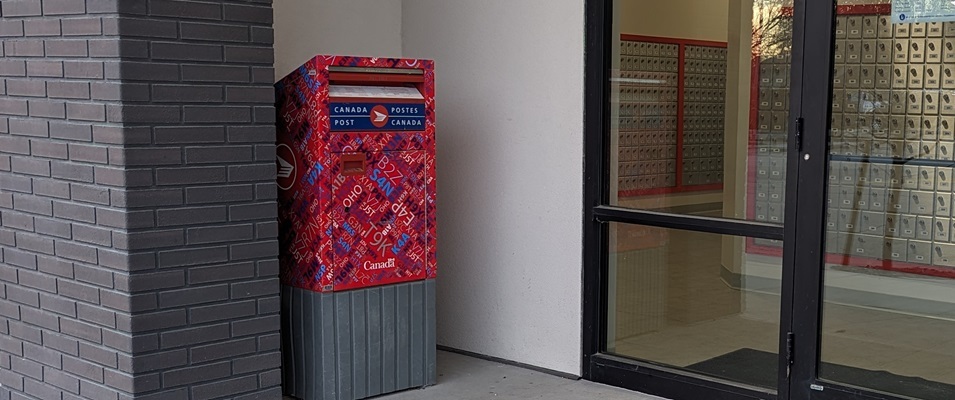It’s January and winter is here. After the late arrival of snow in December, it’s hard to deny that driving has become more risky—and for the adventurers among us, more thrilling. No matter the thrill of the conditions, winter driving has more collisions than any other season. Manitoba Public Insurance’s Collision Statistics report for 2015 shows that one-third of all accidents occur in December, January, and February.
Some of you might be saying to yourself, “So what? One-third isn’t that high.” Indeed, it doesn’t sound so bad. Until you break down the numbers.
In these three months, 33 percent of all injury collisions occur, excluding fatal crashes, and 32 percent of all PDO (property damage only) collisions. However, only 16 percent of fatal collisions happen in these months. So winter has the least number of combined fatalities, but the highest numbers of collisions.
(It’s important to clarify that these numbers are put together from reported accidents and incidents and don’t take into account unreported accidents.)
These numbers make a lot of sense if you think about them logically. We all hopefully understand that when snow and ice collect on roadways, traction decreases, even when you’re equipped with winter tires. Therefore, rear-end collisions and fender benders are more common in winter.
Where do all those PDO collisions come from? Some are fender benders and rear-end crashes, but many are related to cars ending up in ditches or snowbanks due to weather and poor conditions.
Preventive Measures and Being Prepared
While these statistics may scare some, there are ways to be ready for the wrenches Mother Nature throws at you.
One of the biggest things people underestimate is winter tires and the difference they make. I’ve written about it before, but it tends to fall on deaf ears. All-season tires are made from a rubber composition designed to become insufficient in temperatures below seven degrees Celsius, rendering them useless in colder weather, never mind when snow blankets the road.
Secondly, it’s important to be honest with yourself and consider whether you’re comfortable driving in certain conditions. Depending on a person’s experience, it may be best to avoid the roads and make other arrangements.
Finally, be sure to have a winter emergency kit in your vehicle. A winter emergency kit can be as simple or as thorough as you like, as long as it includes the essentials: gloves or mittens, a good quality tow strap, booster cables, a blanket, a toque, a cell phone charger with compatible cables that can attach to the cigarette lighter, a flashlight, and a collapsible shovel. Other items could include an ice scraper, candles, a lighter, an extra jacket, a booster pack, and extra fluids. Also be sure to write down emergency phone numbers.
A winter emergency kit will not just give you reassurance, it can be useful both to yourself and others who may be in need of assistance.
Before heading out onto the highways this winter, or checking your local Facebook group for road updates, ensure that you’re prepared, no matter what the conditions are.




















